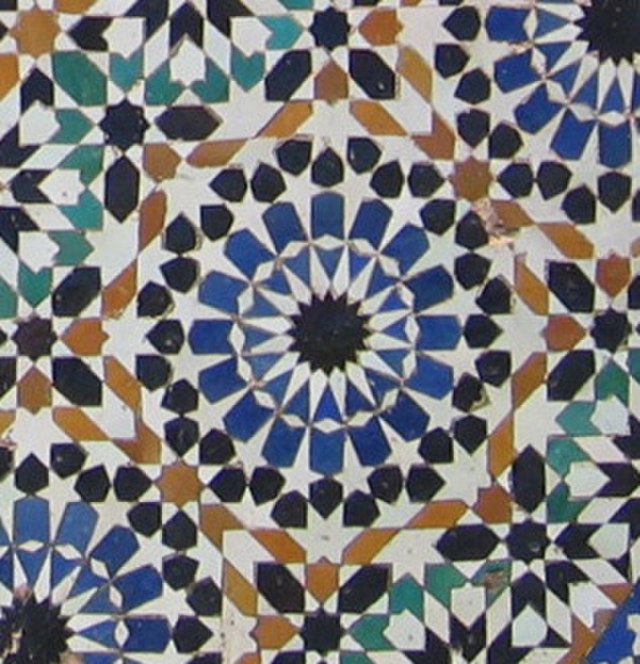
Linked Languages: Arabic And Spanish
The Influence Of Arabic On The Spanish Language
Languages are like living organisms, constantly evolving and adapting to their environments. In the case of Spanish, one of the world’s most widely spoken languages, its evolution has been greatly influenced by historical events and cultural exchanges. Among the most significant influences is the Arabic language, which left an indelible mark on the Spanish language and culture.
The story of Arabic in Spain begins in the early 8th century when the Moors, led by Tariq ibn Ziyad, crossed the Strait of Gibraltar and conquered the Iberian Peninsula. For nearly eight centuries, much of Spain was under Muslim rule, and during this time, the Arabic language played a central role in shaping the linguistic landscape of the region.
One of the most enduring legacies of Arabic is in the Spanish vocabulary, with over 4,000 words having Arabic origins. These words span various domains, from science and mathematics to food and architecture. For example, words like “aceite” (oil), “albóndiga” (meatball), and “cifra” (numeral) all have their roots in Arabic.
Renaissance And Literature
In addition to vocabulary, Arabic influence extended to phonetics, phonology, and grammar. The pronunciation of certain sounds and the phonetic patterns found in Spanish have been shaped by its presence. Moreover, the structure of Spanish verbs and the use of the subjunctive mood all show traces of Arabic. Indeed, the translation of Arabic texts into Spanish introduced European scholars to the knowledge of the Arab world, helping to spark the Renaissance and the flourishing of Spanish culture. One of the most renowned works of influence in Spain is “El Cantar de Mio Cid,” an epic poem that combines both Arabic and Christian influences. This literary masterpiece reflects the rich tapestry of linguistic and cultural interactions that characterised the Spanish landscape during the period.
Remaining After The Reconquista
The Reconquista, a centuries-long campaign to reclaim the Iberian Peninsula, marked the eventual end of Muslim rule in Spain. However, while it led to the expulsion of Moors and Jews, the Arabic influence on Spanish language and culture persisted. The multicultural history of Spain, with its coexistence of Christians, Muslims, and Jews, remains an integral part of Spanish identity.
Today, the Arabic influence on Spanish is celebrated and cherished. It is a testament to the enduring legacy of cultural exchange and the ways in which languages can evolve through centuries of interaction. The linguistic journey of Arabic in Spain is a reminder of the complex tapestry of human history and the role that language plays in bridging cultures and preserving the memories of the past.